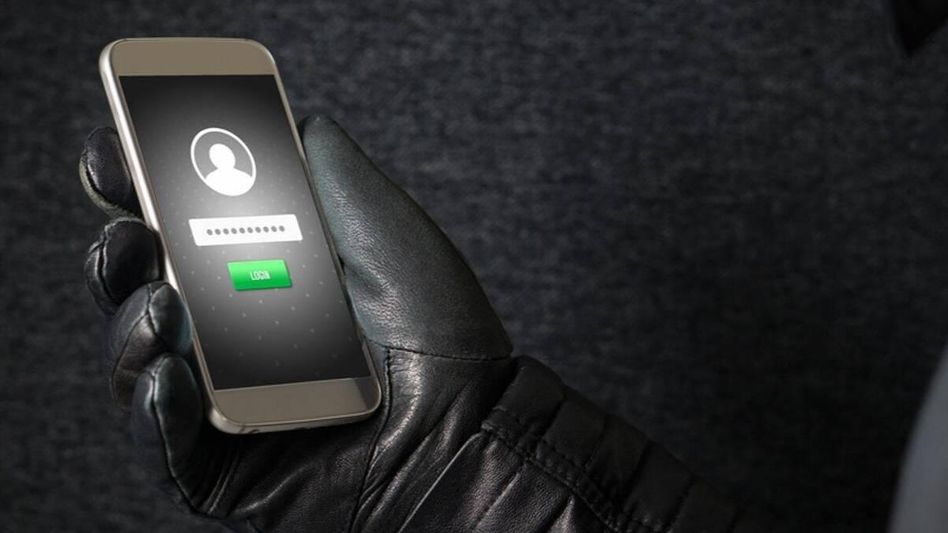Government’s CEIR proves invaluable in tracking down lost and stolen mobile devices across India
The Government's Central Equipment Identity Register (CEIR) is aiding in tracing lost and stolen mobile devices enhancing the security of mobile users nationwide.
 Government’s CEIR proves invaluable in tracking down lost and stolen mobile devices across India
Government’s CEIR proves invaluable in tracking down lost and stolen mobile devices across IndiaIn an age where mobile phones have become an indispensable part of our lives, the fear of losing or having them stolen can be a constant worry. But now, thanks to the Indian government's innovative Central Equipment Identity Register (CEIR), there is a powerful tool that can help citizens trace and block their lost or stolen mobile devices with ease.
The CEIR, a citizen-centric portal under the Department of Telecommunications, not only assists in locating missing mobile devices but also aids in blocking them across all telecom networks, rendering them useless to would-be thieves. If anyone attempts to use a blocked mobile phone, it instantly triggers a traceability alert. Once the lost or stolen mobile is recovered, it can be unblocked through the CEIR portal for normal usage.
Speaking to India Today NE, a police official from Hatigaon police station in Guwahati, Assam praised the CEIR, highlighting its importance in tracking and apprehending suspects involved in mobile theft. The CEIR provides law enforcement agencies with critical information, including all IMEI numbers associated with a specific mobile device, enabling them to identify any other mobile numbers being used by the suspect. The system also sends instant notifications when a blocked mobile device is reactivated or when a new SIM card is inserted, aiding in quick identification of potential criminal activities.
The CEIR has distinct functionalities for both the police department and the general public. While the police have broader access, common citizens can register their complaints and block their handsets if they are lost or stolen. This has been recommended in police stations across the country as a valuable initiative to tackle mobile theft and loss cases.
The success of the CEIR is evident in its track record. Hatigaon police station, for instance, has successfully apprehended multiple mobile thieves with the assistance of this system, leading to the arrests of 8-10 accused. The CEIR is proving to be an efficient and effective tool in tracing lost and stolen mobile phones nationwide.
To block the IMEI of a lost or stolen phone, users can take the following steps:
1. File a report with the police and keep a copy.
2. Obtain a duplicate SIM card for the lost number from the telecom service provider.
3. Prepare necessary documents, including a copy of the police report and an identity proof.
4. Fill out the request registration form for blocking the IMEI on the CEIR portal.
Once the blocking request is successfully submitted, the phone will be blocked within 24 hours, rendering it unusable on any network in India.
Users can unblock the IMEI of their found phone by reporting to the local police and completing the unblocking request form on the CEIR portal.
To register a complaint, users can follow these steps:
1. Fill out the Complaint Registration Form, generating a unique Complaint ID.
2. Save the Complaint ID and Registered Mobile Number for future reference.
To check the complaint status, users can:
1. Fill in the Complaint ID and registered mobile number in the Complaint Status Form.
2. Confirm the OTP sent to the registered mobile number.
3. Access the Complaint Details.
In addition to its functionality in tracing lost or stolen devices, the CEIR provides a "Know Your Mobile" (KYM) feature. This allows users to check the validity of a mobile device before making a purchase by verifying the IMEI number.
Copyright©2025 Living Media India Limited. For reprint rights: Syndications Today









